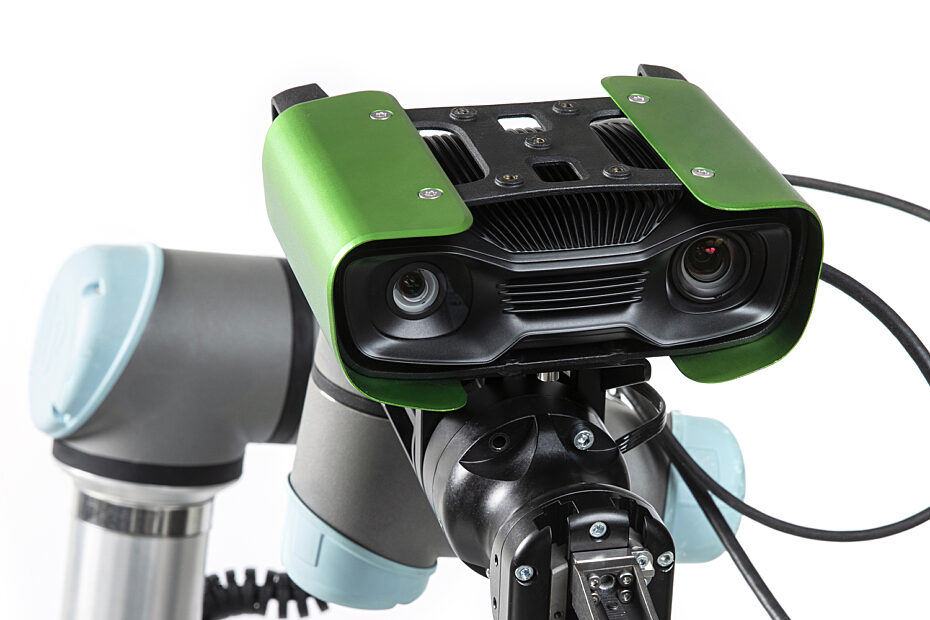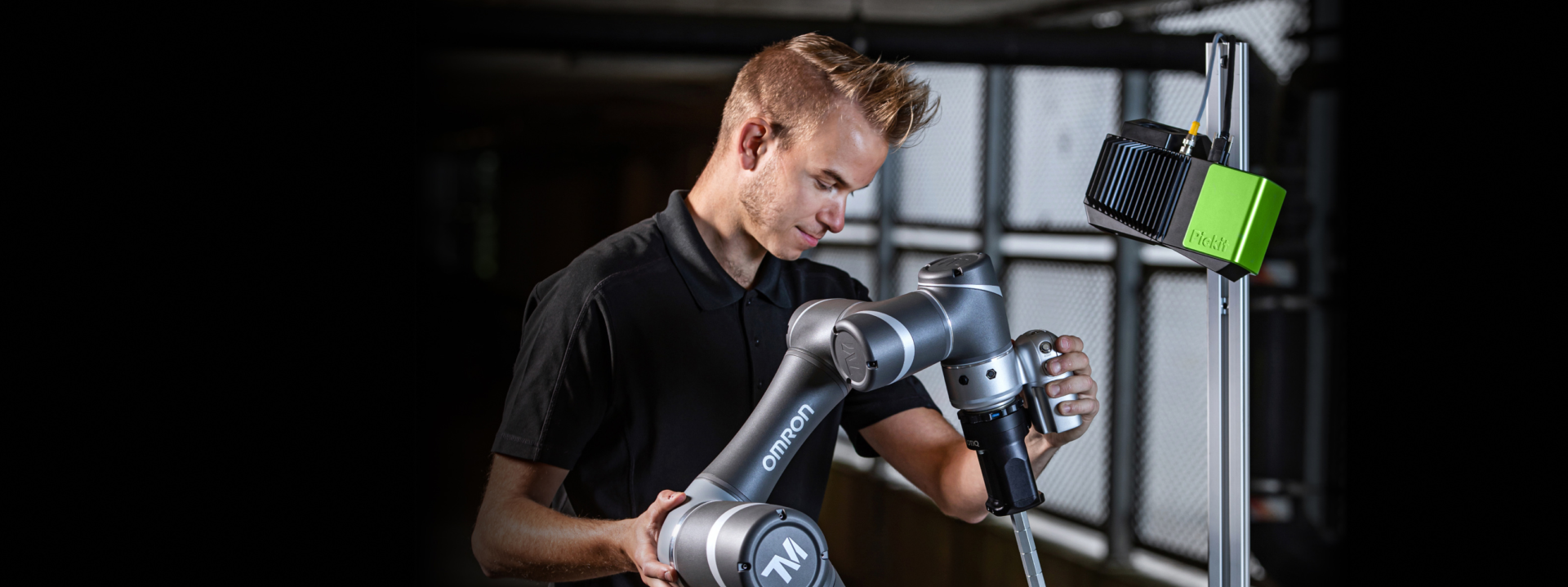A robot with ‘eyes’ and ‘brains’ can solve many of today’s key factory challenges
By Dr. Seongyong Koo (Koosy) VP of Innovation at Pickit3D
We are living in the era of the Fourth Industrial Revolution, and to say the least, these are exciting times. Physical and virtual worlds coexist and are increasingly being merged. Artificial Intelligence and smart robotization are unlocking new ways of working and manufacturing that benefit both company and labor forces around the globe.
Customer demands require well-managed and flexible production systems
For the generation that has fully experienced remote work and learning during the pandemic, the virtual world is becoming as important as the physical one. Meanwhile, in the manufacturing and logistics industry, a so-called “Digital Twin” is being built. This concept involves a virtual world being constructed and synchronized in real time through a digitalization process of a physical system that actually exists, such as a factory or a warehouse. As the system can be monitored and controlled in real time, it enables factories to manage their production more efficiently.
Next to efficient production management, flexibility of production systems is a key driver of competitiveness. Consumers living in virtual worlds where they can immediately buy and own anything they want, expect more personalized and diverse products than ever before. And the rate at which consumer trends are changing, keeps on accelerating. A home appliance company, for example, will produce more than 40 refrigerator models this year alone. Automotive companies are building new and diverse types of (electric) vehicles at a fierce pace. The change is being felt in almost any industry.

40 models, 40 production lines?
In order to efficiently manage production and inventory to address these changing consumer demands, manufacturers need to accurately predict which models will be sold and to establish flexible production plans accordingly. But is it even possible to build an automated factory that can respond to such variable production plans?
The home appliance company could create 40 different production lines for 40 different models and ceaselessly discontinue and start up each line. Obviously, this would not only be highly ineffective, but immensely expensive as well. An effective solution requires a flexible production system that can produce multiple models on one single production line. In other words, truly efficient production management can be achieved not only by digitizing the system and monitoring it in real time, but also by implementing and operating a flexible and automated production system.
Automation vs flexibility
Automation and flexibility used to be considered as two separate things. Automation was introduced to accommodate mass production of a limited range of products with conveyor belts. The conveyor system divided the process into repetitive tasks which were more suitable and efficient for robots/machines than for humans. In reality, the push for automation has indeed increased production efficiency but has essentially reduced its flexibility.
As a result, processes that require flexibility, that is, processes that involve various products or workpieces whose position is difficult to fix, typically could not be automated and had to be taken care of by human operators. In particular, automated processes related to small-batch production of a variety of items have been known to be less efficient.
So, in fact, increasing production efficiency requires both automation and flexibility. Undoubtedly, humans are superior when it comes to flexibility. They can judge the situation by looking at the changing environment with their eyes and modify their actions accordingly.
In contrast, a typical robot system used in a factory is nothing more than a machine that performs tasks repeatedly only as programmed. Compared to other mechanical production equipment, a robot system is easier to reprogram (teach). Yet, every time a product model changes, an engineer has to adjust it, inevitably resulting in downtime. If the size or position of a product changes, the robot program needs to be modified every time.

Robots with ‘eyes’ and ‘brains’
So, what if we could add human-like features to robot systems, like ‘eyes’ and a ‘brain’ to make them more flexible? The technology for this exists and is called 3D robot vision. It combines hardware such as advanced cameras (acting as the robot's eye) and 'artificial intelligence' technology (acting as the brains). This is not a story of the distant future. Industrial robots that "see with eyes and think with a head" have already been installed in numerous smart factories to build flexible and automated production systems. The factory mentioned above that flexibly produces 40 types of refrigerator models on one production line actually exists in Korea.
Although 3D robot vision is a relatively new technology, it has rapidly proven its value in the field for thousands of manufacturers worldwide. It allows them to solve many of today’s key factory problems, by speeding up time-to-market, gaining more control over production costs and reducing the factory footprint and production downtime. And, finally yet importantly, it has enabled them to free workers from strenuous and tedious tasks and add value to the human operator role in the factory.
This post is based on an article that originally appeared on the website HelloT.
